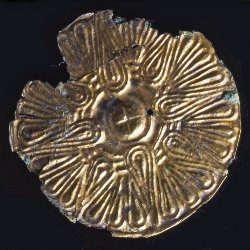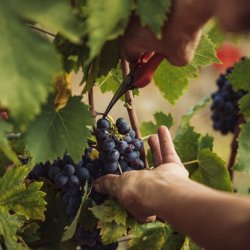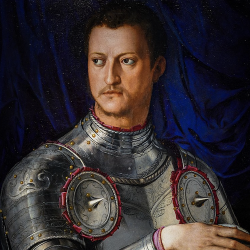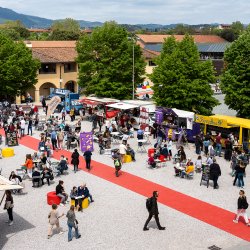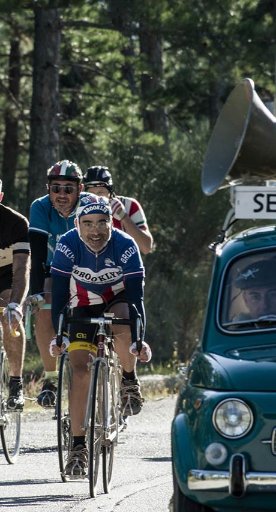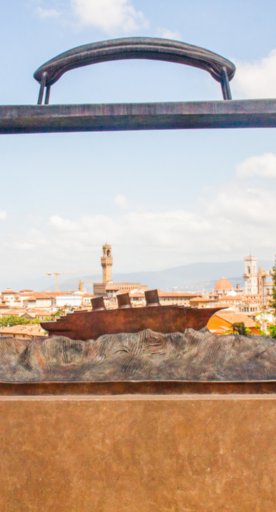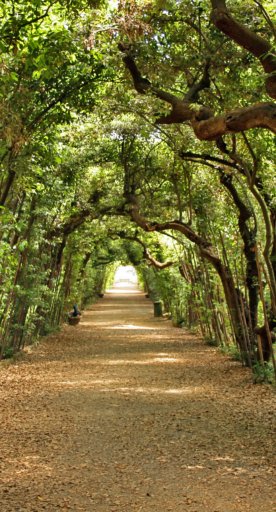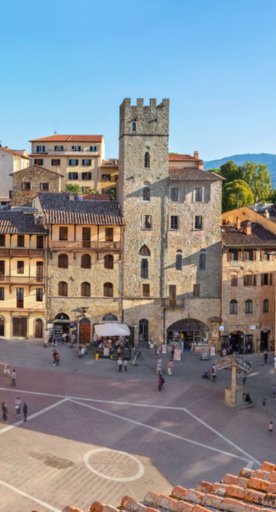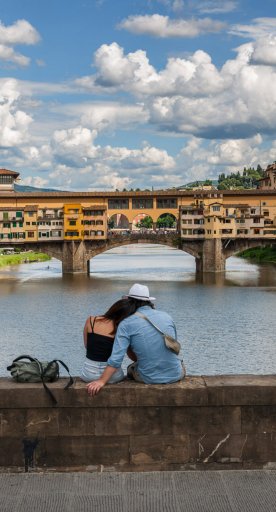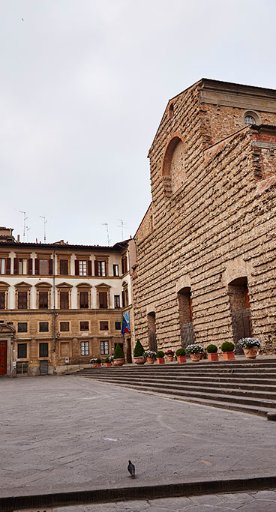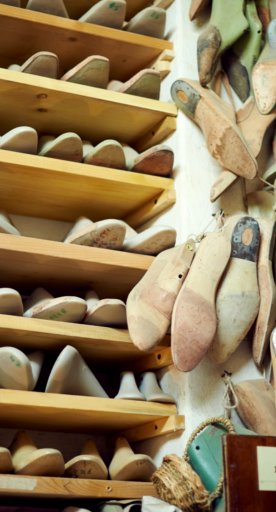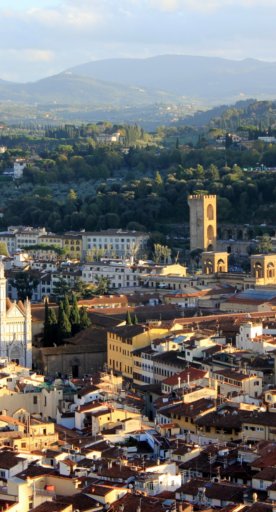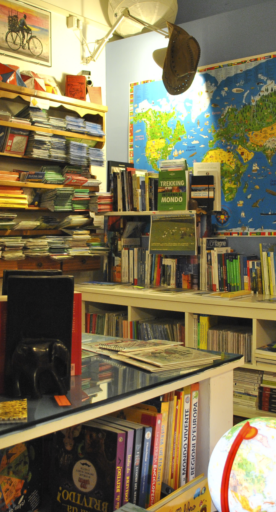

Tuscany's most beautiful parks and gardens
A “green” itinerary to explore Tuscany
Whether protected nature areas or gardens attached to villas, it's always the perfect moment to explore Tuscany's many parks and gardens!
Take a marvellous journey through history, art and nature, with our list of Tuscany's most beautiful parks and gardens.
-
1.Bardini Villa and Garden - Florence
-
2.Boboli Gardens - Florence
-
3.Gamberaia Villa and Garden - Settignano (Florence)
-
4.Torrigiani Garden - Florence
-
5.Rose Garden - Florence
-
6.Medici Park of Pratolino - Florence
-
7.Peyron Villa and Garden - Fiesole (Florence)
-
8.Medici Villa of Castello - Florence
-
9.Medici Villa La Petraia - Florence
-
10.Poggio Torselli Villa and Garden - San Casciano in Val di Pesa (Florence)
-
11.Medici Villa “Ambra” - Poggio a Caiano (Prato)
-
12.Garzoni Villa and Garden - Collodi (Pistoia)
-
13.The Garden of Villa Reale di Marlia - Capannori (Lucca)
-
14.Bernardini Villa and Garden - Vicopelago (Lucca)
-
15.Grabau Villa and Garden - San Pancrazio (Lucca)
-
16.Oliva Villa and Garden - San Pancrazio (Lucca)
-
17.Mansi Villa and Garden - Capannori (Lucca)
-
18.Torrigiani Villa and Garden - Capannori (Lucca)
-
19.The walls of Lucca
-
20.Pescigola Villa - Fivizzano (Massa-Carrara)
-
21.La Foce Villa and Garden - Chianciano Terme (Siena)
-
22.Villa Cetinale - Sovicille (Siena)
Bardini Villa and Garden - Florence

Bardini Villa was built in 1641, on a pre-existing medieval structure, by the architect Gherardo Silvani for his friend Francesco Manadori, from which came the previous name Villa Manadora. Its splendid panoramic position gave to the building also the name of "Villa Belvedere".
Inside the villa are the Pietro Annigoni Museum, the Tuscan Company of Horticulture, a restaurant and a terrace bar; temporary exhibitions and events take place regularly.
The Bardini Garden is a 4-acre park, located in the left bank of the Arno. From it, you can enjoy extraordinary views of Florence. The Bardini Garden is the restoration of three different properties: the central Baroque staircase, the English-style woods to the west and the rural part to the east.
Boboli Gardens - Florence
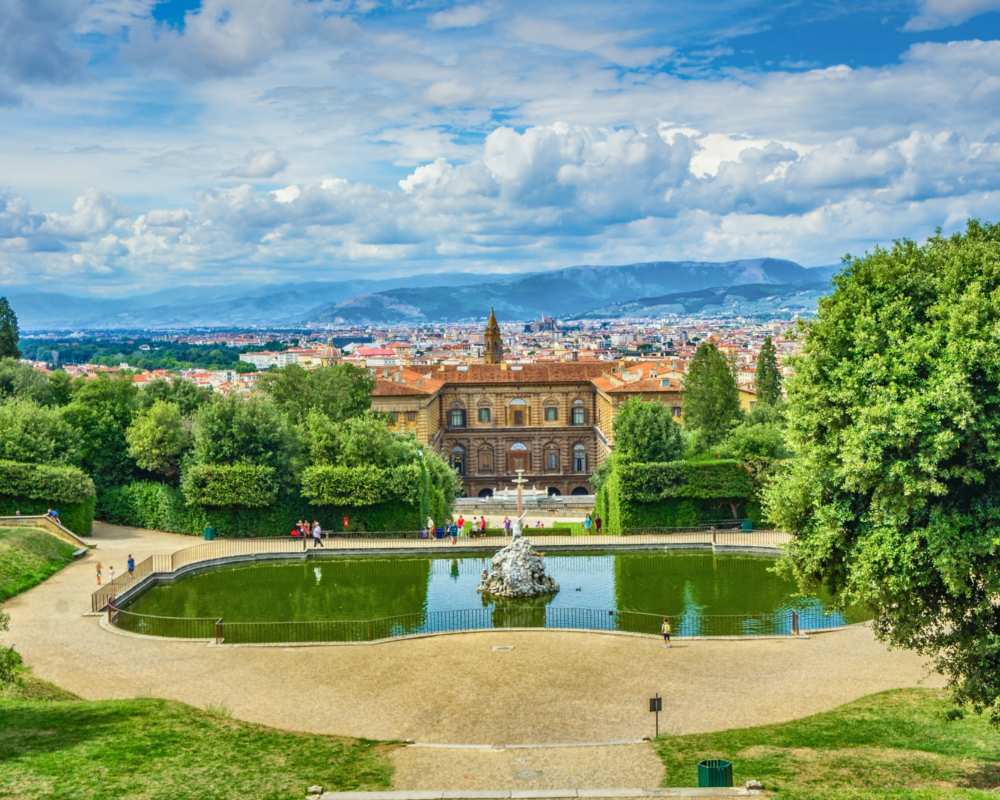
The Boboli Gardens are a wonderful oasis behind the Pitti Palace, for nearly four centuries the residence of the Grand Dukes of Tuscany and for a short period of the Kings of Italy. The Medici family created the model of an Italian-style garden, which became an example for many European courts.
This is a real open-air museum, decorated with antique and Renaissance statues, caves and fountains: Neptune Fountain, known as “Nettuno del Forcone” (Neptune with a Pitchfork) or "the Neptune's nursery", named after the sculpture by Stoldo Lorenzi; the large Statue of Abundance, right at the peak of the hill, begun by Giambologna the Viottolone; a large avenue lined with cypress trees and statues that leads to Isolotto square, designed by Giulio and Alfonso Parigi in 1618, with the great Ocean Fountain by Giambologna at the center, surrounded by three other sculptures representing the Nile, the Ganges and the Euphrates.
The Kaffeehaus, the Limonaia (lemons green-house) and the Palazzina della Meridiana are eighteenth-century alterations, built during the Lorraine period.
In 1789, the Egyptian obelisk from Luxor was placed in the centre of the Amphitheatre.
Gamberaia Villa and Garden - Settignano (Florence)

The Villa is nestled in the hills of Settignano, not far from the city but surrounded by the peace of a rural paradise, from which you can enjoy an exceptional view of Florence.
The Villa is home to one of the prettiest gardens and best kept secrets near Florence; it has retained parts of its original Renaissance design, while constantly being improved through the course of four centuries.
Torrigiani Garden - Florence
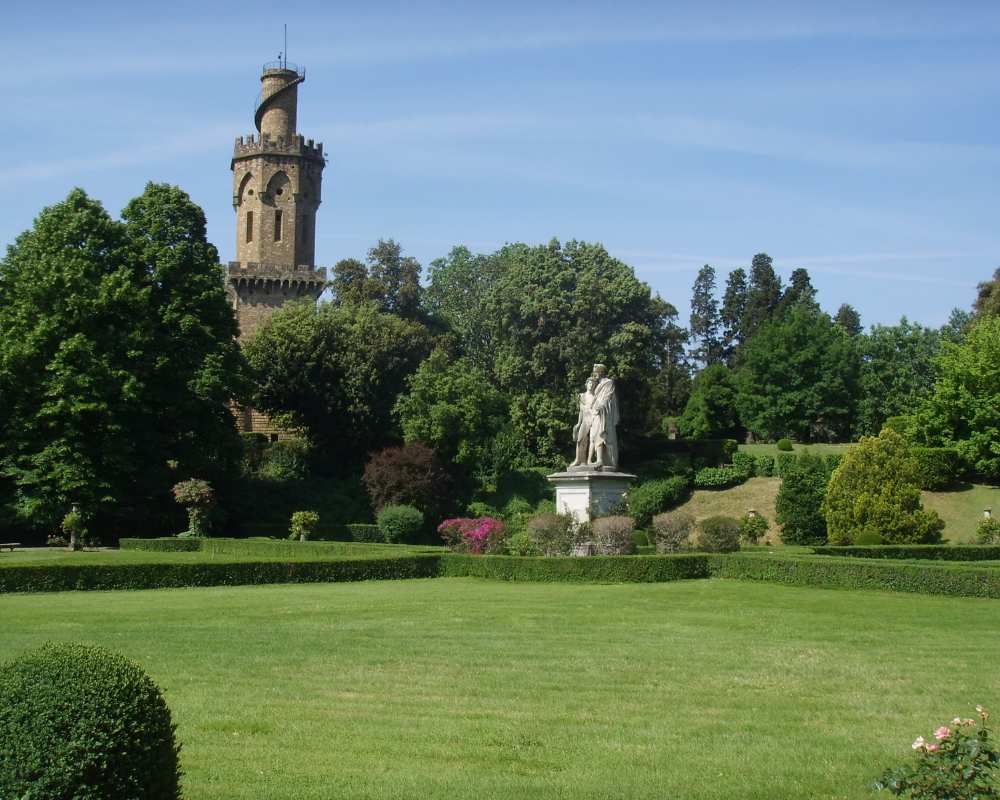
Villa Torrigiani features the largest private garden in Europe, within the historic walls of a city. In fact, this park stretches for nearly seven acres in the historic centre of Florence (on the left-bankside). Everything here leads through a romantic and sentimental itinerary. Even the natural elements have been designed to follow this emotional trend, from the gloomy "sacred wood" that hides the Sepolcreto inside, to the wide open spaces that surround the Temple of Arcadia, a symbol of the ideal bucolic life.
Besides its architectural importance, this garden is also known as a botanical garden and is extraordinarily rich in trees and plant species from different parts of the world, as proved by the presence of old and new greenhouses, lemons green-houses (limonaie) and Tepidari.
Courses about gardening, urban horticulture and watercolour-painting are held inside the garden, both in Italian and in English.
Rose Garden - Florence
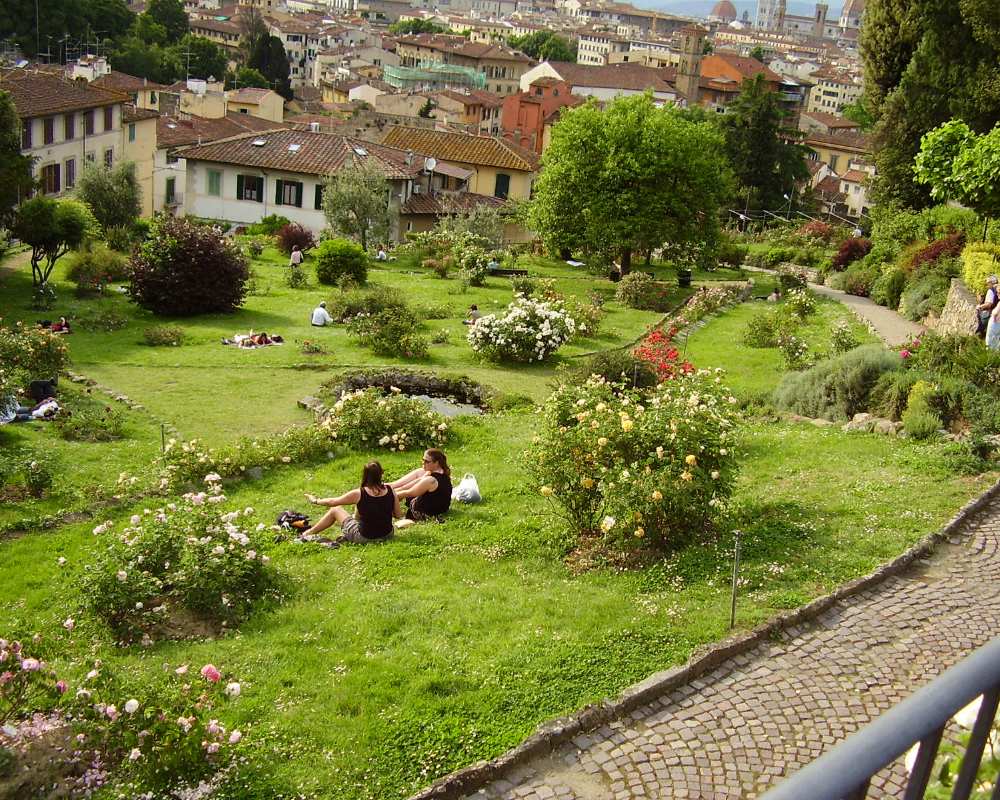
The Rose Garden is a place of extraordinary beauty, with many types of roses (a collection of about 400 varieties) and other plants (a total of about 1,200), as well as a Japanese-style garden.
The park is located in the Oltrarno area, below the Piazzale Michelangelo, and offers a panoramic view of the city.
Medici Park of Pratolino - Florence
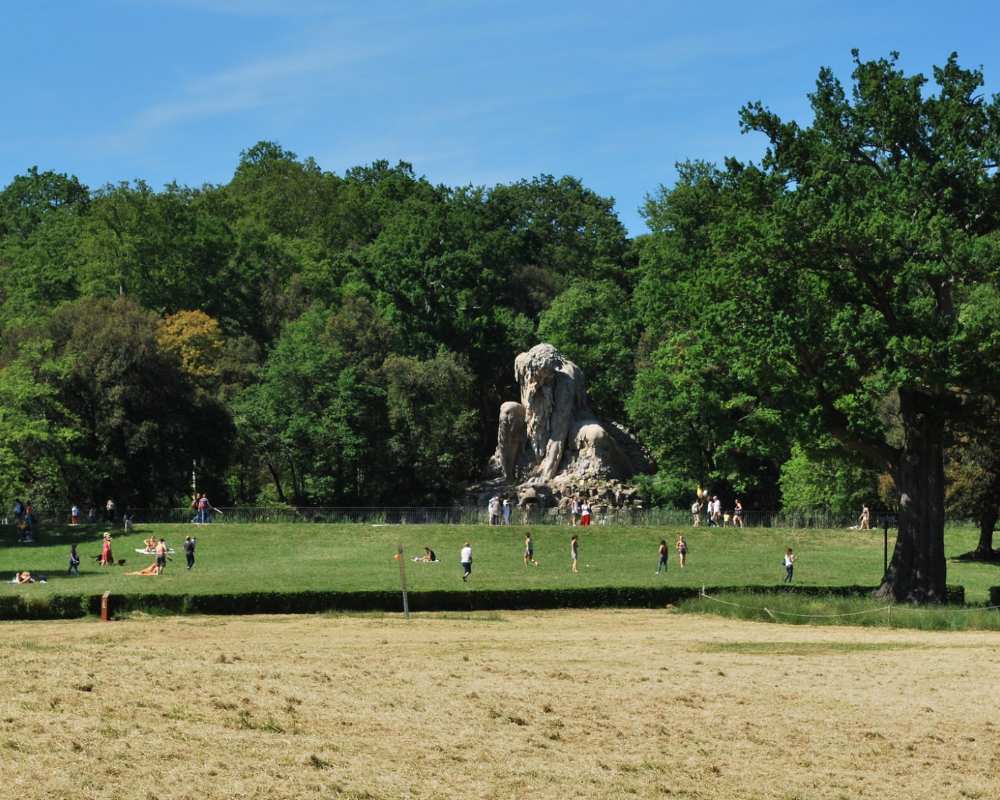
The Medici Park of Pratolino, close to Florence, is beautiful garden, featuring artificial grottoes and fountains. Of the original Renaissance structure we can still enjoy the colossal statue by Giambologna - the fountain of the Apennine - with the lake in front; the statue of Mugnone; and a hexagonal chapel, designed by Buontalenti.
In the park, you can walk for miles alongside roads and trails, in a natural setting.
The estate of Pratolino was purchased in 1568 by Grand Duke Francesco I de 'Medici, who gave to Buontalenti the task of turning it into a villa. Almost abandoned by Ferdinand III and Leopold II of Lorraine, the house was then demolished and the park renovated as an English-style garden.
Prince Paolo Demidoff bought the complex in 1872 and transformed it into the actual villa.
It's been a public space since 1981.
Peyron Villa and Garden - Fiesole (Florence)
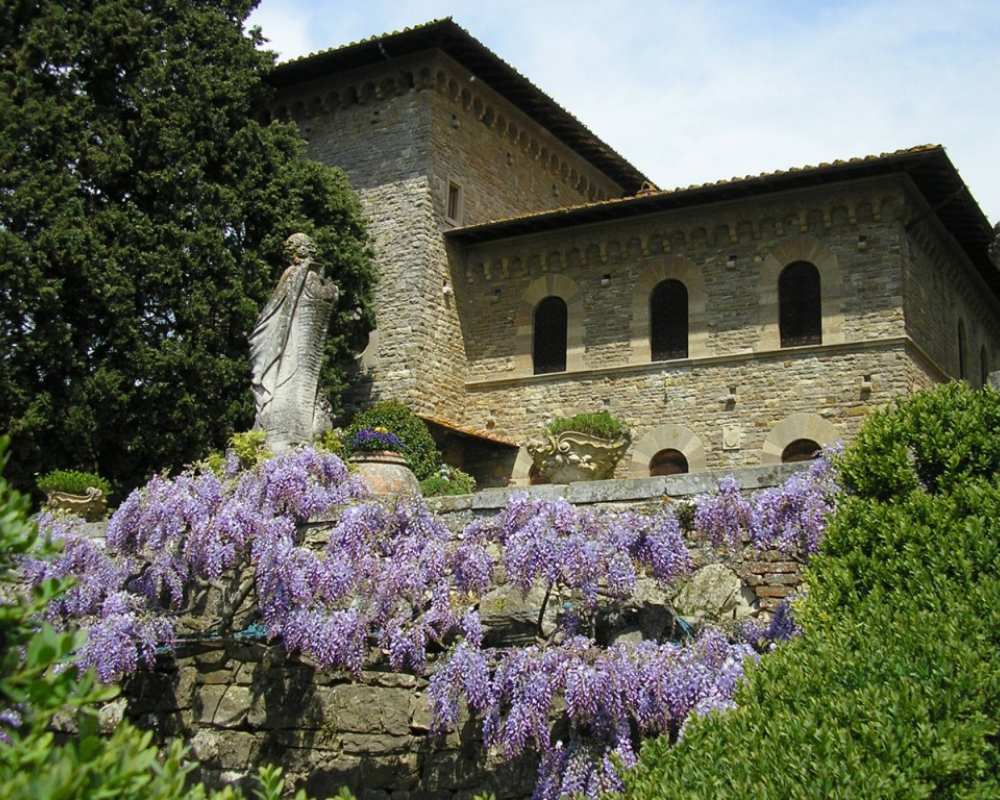
The entire complex of Villa Peyron at the Fontelucente Forest – the garden, the big park, the woods and the olive groves - is in a beautiful location in Fiesole, with a spectacular view of Florence.
Medici Villa of Castello - Florence

Purchased in 1477 from the "popular" branch of the Medici family, Medici Villa of Castello was the favourite residence of Cosimo I, who had it restored by Tribolo in 1537.
The garden is considered the first example of an Italian-style garden, with geometric flower beds, grottos, fountains and statues.
After a series of alterations, what remains of the original garden is the central fountain created by Tribolo, Pierino da Vinci and Ammannati; the Animals Grotto, perhaps the first example of its kind, covered with bizarre stalactites, sponges and shells; and the statue of the Apennine (or Ammannati’s January) in the upper tank, from which water runs.
Currently, the villa is not open to the public, but the garden is.
Medici Villa La Petraia - Florence
Rebuilt by Ferdinando I de' Medici at the end of the sixteenth century, the Medici Villa La Petraia belonged then to the Lorraine family. King Vittorio Emanuele II lived here when Florence was the capital of Italy and the current decoration of the villa dates back largely to this period.
Inside there are paintings, frescoes by Cosimo Daddi and Volterrano, furnishings, tapestries, statues and musical instruments.
The gardens are stupendous, divided into three levels to take advantage of the sloping hill: from the highest terrace, you can enjoy a unique view over Florence and Brunelleschi’s Dome, while in the Piano della Figurina you can see the Fountain of Fiorenza; lastly, on the north side, you can take a walk in the English park, designed in the Romantic style typical of the early 1800s.
Poggio Torselli Villa and Garden - San Casciano in Val di Pesa (Florence)

The villa is one of the largest and most elegant homes in San Casciano, near Florence: it was once called the "queen of the villas". Owners of the villa have been, over the centuries, the most prestigious Tuscan families: Machiavelli, Corsini, Strozzi, Antinori, Capponi and Orlandini.
The "garden of seasons" offers incredible colours in every season, thanks to the presence of many different flowers and 120 lemon trees.
Medici Villa “Ambra” - Poggio a Caiano (Prato)

If you love the Medici Villas of Tuscany you just can’t miss this one: the architectural masterpiece of Giuliano da Sangallo in Poggio a Caiano.
The Medici Villa "Ambra", built for Lorenzo de 'Medici and his heirs, between 1445 and 1520, became the summer residence of the family. The building is the first example of Renaissance architecture, with a perfect balance of space and style, the lesson of the classics together with the elegant Tuscan rural architecture.
In the Villa’s gardens you can admire rare plant species and some terracotta statues.
Garzoni Villa and Garden - Collodi (Pistoia)

The impressive façade of Villa Garzoni stands on the slope of a hill and it almost covers the village of Collodi.
The historic Garzoni garden is a work of art and it’s one of the most beautiful gardens of Italy, a perfect synthesis between Renaissance geometry and the Baroque spectacular nature: grottoes, theatres carved boxwood hedges, statues of mythological beings, satyrs, female figures, greenhouses with peacocks, bamboo forests.
The Garden of Villa Reale di Marlia - Capannori (Lucca)

Over the centuries Villa Reale has been an important residence for noble families and great patrons of the arts.
Princess Elisa Baiocchi, Napoleon's sister, lived here in the early years of the nineteenth century, contributing to the extension of this huge complex.
The splendid park still conserves its original 17th-century structure. Worth seeing are the Green Theatre, planted in 1652 and made up of yew hedges, the Lemon Garden, with over 200 vases of citrus plants, the Garden at the Villa del Vescovo and the Water Theatre, which surrounds a large basin embellished with waterfalls, statues and mascarons, as well as the Art Deco Spanish Garden, the Camellia Walkways, the fish pond and the Grotto di Pan.
The Villa Reale di Marlia is located in the municipality of Capannori.
Bernardini Villa and Garden - Vicopelago (Lucca)

In 1615 Ambassador Bernardino Bernardini had the villa built to accommodate his family and his guests. Villa Bernardini stands in the middle of a large park; the garden, with lush trees and over 350 different species of flowers, reflects this desire for hospitality. For the ladies’ rest and conversation, a “Secret Garden” was created in the early '700.
Grabau Villa and Garden - San Pancrazio (Lucca)

The Villa Grabau preserves in its structure the harmony and simplicity of the forms that characterize the architecture of the Renaissance villas of Lucca.
The arrangement of the garden, an architectural gem, is achieved by dividing the space of the park with a terrace; the wall of the terrace is decorated with whites and blacks mosaics. In the Italian garden, there are over 100 centenarians citrus plants and these are still in the original terracotta basins.
Oliva Villa and Garden - San Pancrazio (Lucca)
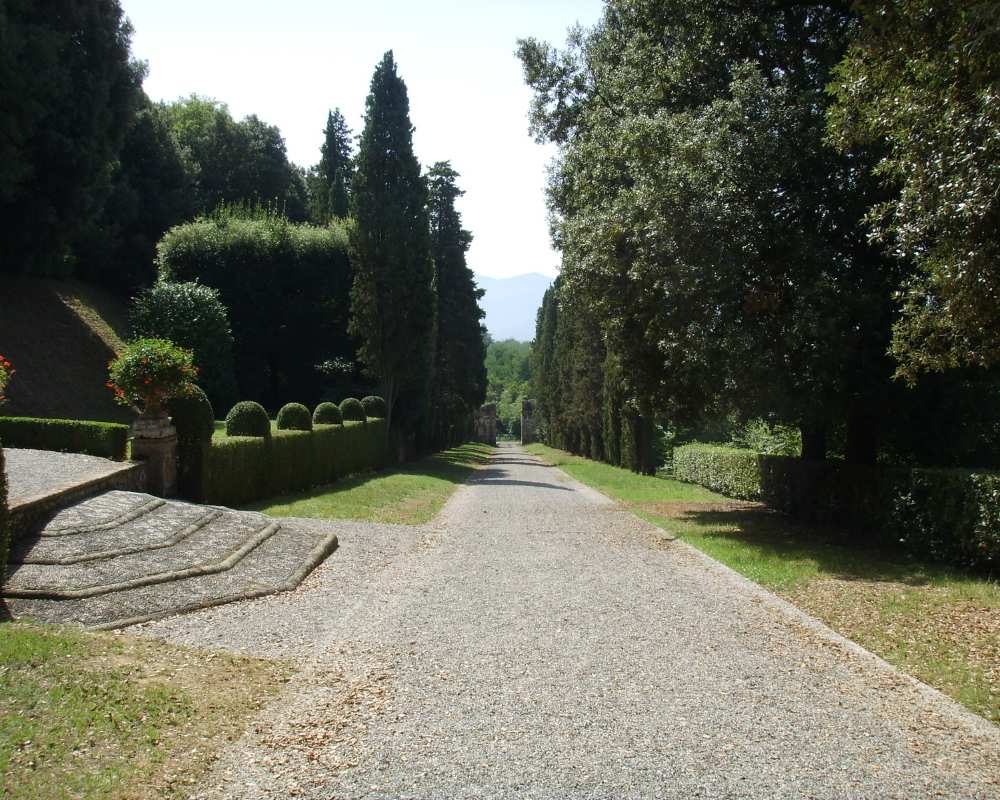
The Villa Oliva is one of the great achievements of Lucca Mannerist architecture and has features that distinguish it from others villas.
The villa sits on a slight slope and the space around it is a balanced game of perspectives and volumes, lights and shades, the garden and the landscape of the hills and the city.
The villa is surrounded by a large park, completely fenced, which extends for about five hectares.
Mansi Villa and Garden - Capannori (Lucca)
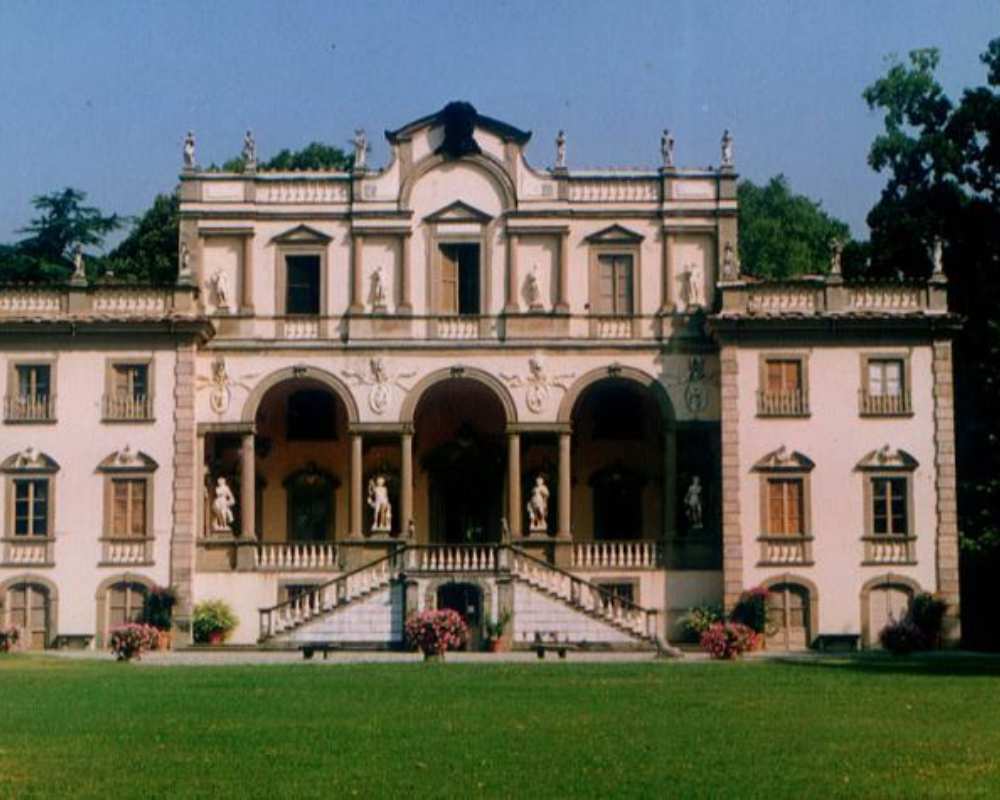
The Benedettini were the first owners of Villa Mansi, famous for the grace of its gardens and the elegance of its architectural lines.
The refined architecture of the villa appears in the background of the garden between the volumes of large trees. The main floor is a series of adjoining rooms overlooking the central courtyard and frescoed by Stefano Lucca Tofanelli.
Torrigiani Villa and Garden - Capannori (Lucca)
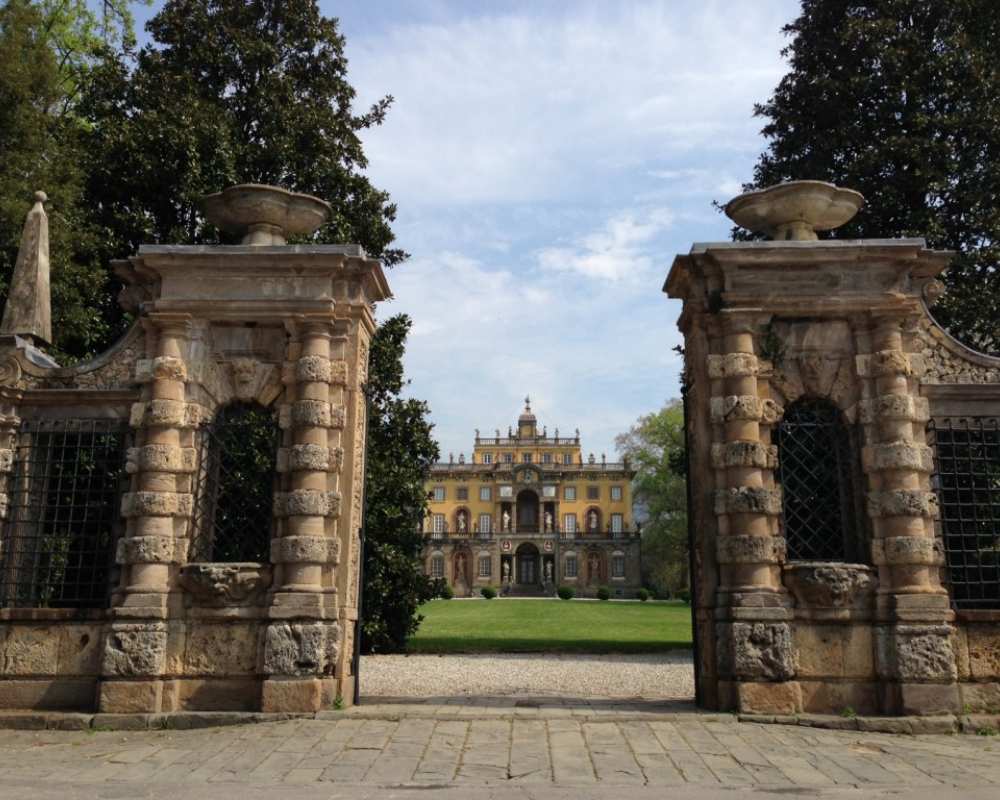
Villa Torrigiani and the park date back to the early sixteenth century. In 1636 the Marquis Nicolao Santini, Ambassador of the Republic of Lucca at the court of Versailles, bought the villa and turn it into a small palace inspired by Versailles and his court. The house is still inhabited by the descendants of the Marquis.
A long avenue of cypress trees is the theatrical access to the villa. Nicolao Santini built the garden-theatre of Flora with caves and water still running and visible in the Cave of the Winds.
The walls of Lucca
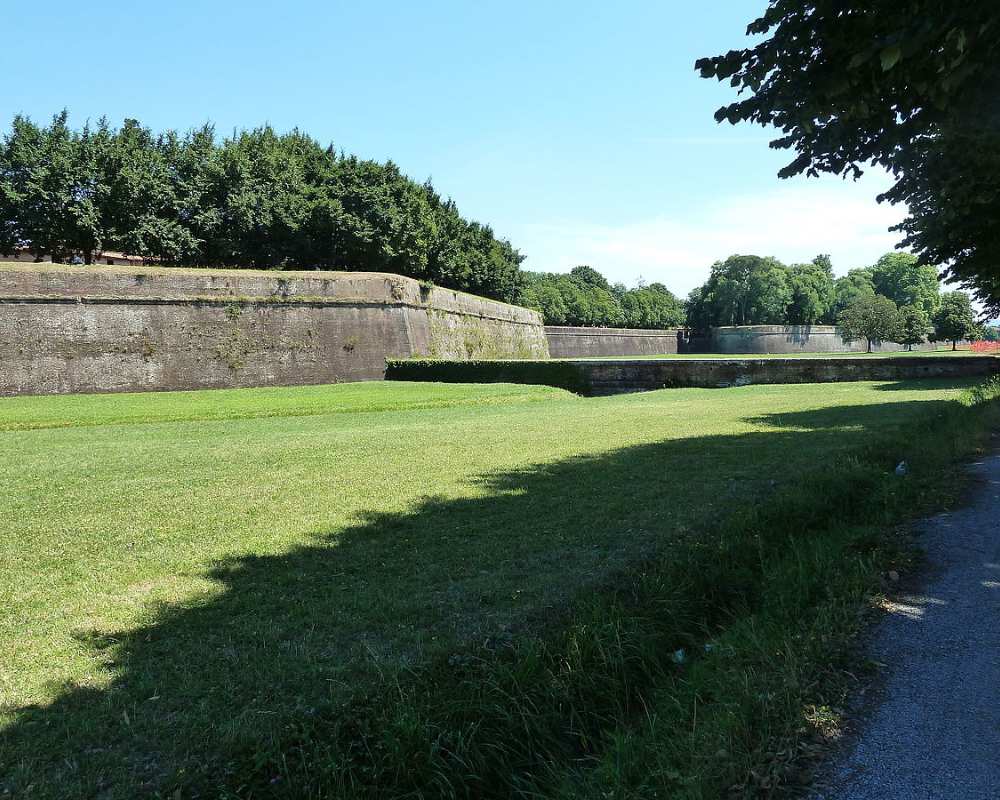
The imposing tree-lined Renaissance walls of Lucca, built between the mid-sixteenth and early seventeenth century, represent a defence that has remained intact to this day.
The entire ring is configured as a real park.
Pescigola Villa - Fivizzano (Massa-Carrara)
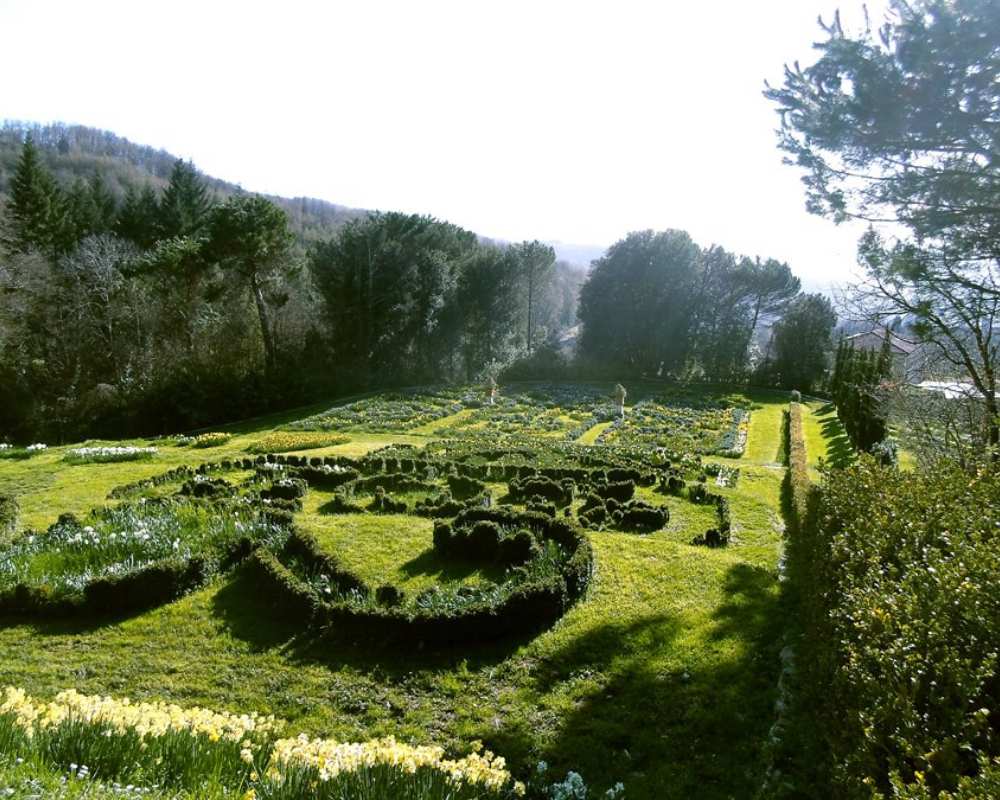
In Fivizzano there is this amazing example of an eighteenth-century villa, with a huge and stunning garden: a beautiful, mysterious and romantic villa in a panoramic position, with the impressive horseshoe-shaped structure, built around a large courtyard.
In spring, a waving sea of more than 200,000 daffodils, with 400 varieties and different colours, and tulips greet visitors.
La Foce Villa and Garden - Chianciano Terme (Siena)

An important example of architectural and cultural evolution: a twentieth-century villa and garden overlooking the enchanting Val d'Orcia, with the Monte Amiata in the background.
Villa La Foce is surrounded by an Italian formal garden divided into geometrical 'rooms', with lemon trees in terracotta pots, travertine stairs leading to the rose garden and a pergola covered with wisteria and bordered by lavender. Terraced slopes rise gently up the hill, where cherry trees, pines and cypresses grow among wild broom, thyme and rosemary, and a long avenue of cypresses leads to a stone statue of the seventeenth century. A path through the woods and connects the garden with the family cemetery, considered one of the best creations of the English architect Cecil Pinsent.
Villa Cetinale - Sovicille (Siena)

The grand Villa Cetinale, a well-preserved late-seventeenth-century building designed by Carlo Fontana, a pupil of Bernini, is also interesting for the last eighteenth-century park and the formal garden that surrounds the villa, according to the Renaissance tradition.
